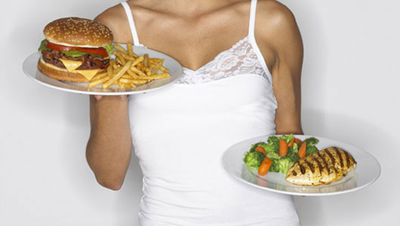World Obesity on the Rise
The Lancet published a new study of obesity today that found:
- If the current trend continues, more than half of U.S. residents will be obese by 2030.
- In Japan and China, 1 in 20 women is obese, compared with 1 in 10 in the Netherlands, 1 in 4 in Australia and 7 in 10 in Tonga.
- Worldwide, around 1.5 billion adults are overweight. Half a billion are obese.
- Among children worldwide, 170 million are classified as overweight or obese.
- Obesity comprises between 2 to 6 percent of healthcare costs in many countries.
Reuters has a good summary of the findings.
Image credit: Reuters



